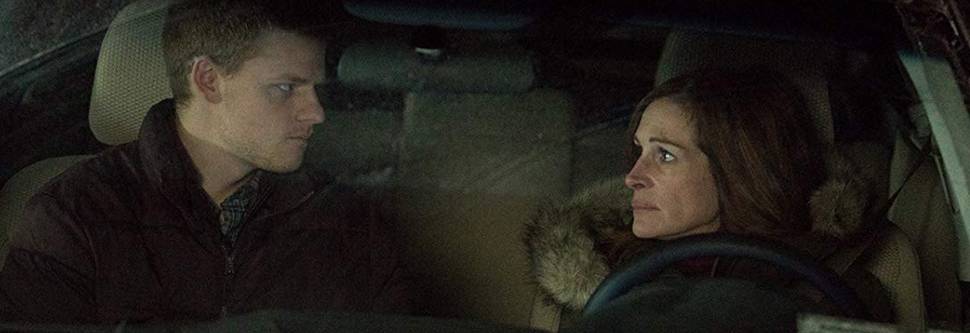
Stuart Dryburgh Finds the Right Format with Hawk Glass
Peter Hedges is perhaps best known for the novel “What’s Eating Gilbert Grape?” After adapting the story into a hit screenplay, he segued to a career as a screenwriter and director, with credits including About a Boy, Pieces of April, The Odd Life of Timothy Green, and most recently, Ben Is Back.
To visually tell the story of a mother (Julia Roberts) who tried to help her addict son, played by Hedges’ real-life son, the director enlisted Oscar- and Emmy-nominated director of photography Stuart Dryburgh. Although Hedges envisioned a very personal film, Dryburgh proposed a widescreen anamorphic format.
“It seemed terribly unintuitive to Peter at first,” says Dryburgh. “But I think anamorphic is great for isolating a character, and playing with short depth of field to focus specifically on that person and make them stand out. When you’re shooting a close-up, sometimes the space around the subject is as informative as the center of the frame.”
The script traces 24 hours in the life of one family in a fairly linear, straightforward way. The filmmakers were keen to shoot as intimately and organically as possible. Over the course of 30 days, they often shot with two cameras to maximize coverage. They chose the Arri Alexa Mini to allow Dryburgh, who operated the camera, to follow in a somewhat documentary style, while maintaining a theatrical aesthetic. All these choices fit with the project’s modest budget, $13 million.
Dryburgh knew he needed lenses that were in harmony with that approach. He chose the Hawk class‑X line of anamorphic lenses offered by Vantage Film, the tenth line of cinema lenses from the Bavaria-based company.
“The class‑X lenses are not too heavy,” he says. “We could let the blocking happen naturally, and essentially follow the action in a quite spontaneous manner. It worked very well for us. From the lighting point of view, it’s very naturalistic, and we weren’t lighting for beauty as such. Julia is playing her actual age, and she looks terrific. But these lenses are slightly softer, slightly low con, and slightly flarey in a very flattering way, especially with bright sources. It’s another reason I like anamorphic.”
The class‑X line was designed from scratch, unlike many anamorphic lenses in today’s arena. They deliver classic 2x anamorphic image traits, as well as improved definition, close focus and less edge distortion, while maintaining the signature Hawk organic flavor Dryburgh describes. A full set includes nine prime focal lengths ranging from 28mm to 140mm along with two zooms – significantly more than a typical anamorphic set. The results are more creative flexibility and finer control.
In the case of Ben Is Back, Dryburgh used the 4:3 chip of the Alexa Mini to capture a squeezed 2.40:1 image. The cinematographer has a history of choosing a specific combination of lenses and format to suit a given project. On the 2012 feature film Emperor, he combined 3‑perf film with 1.3x Hawk V‑Lite anamorphics, which lend an image more subtle anamorphic flavor, but still deliver barrel distortion, flares and shallow depth of field. On Michael Mann’s feature film Blackhat, he used the 1.3x glass with a 16:9 gate, for a full 2.40:1 image in theaters. Last year, on The Upside, the smaller squeeze factor of the 1.3x lenses was combined with greater resolution, covering 33% more sensor area than standard spherical glass.
The Upside is a feature comedy starring Nicole Kidman, Bryan Cranston, and Kevin Hart, and was directed by Neil Burger. On a production budget of less than $40 million, The Upsidehas grossed more than $117 million at the box office.
“Neil wanted to shoot in the 1.85:1 format, and the 1.3x allowed me to do that and retain some anamorphic feeling,” says Dryburgh. “The 1.3s maximize the chip without cropping. They have scope, but they can also allow you to create very personal frames. I’ve also been using the Vintage’74 lenses, which are essentially a reimagined vintage lens with modern mechanics. On commercials, where you sometimes want less subtlety, I find they are extremely good.”
Dryburgh has since gone on to shoot Men in Black: International, which is expected in theaters in June 2019.
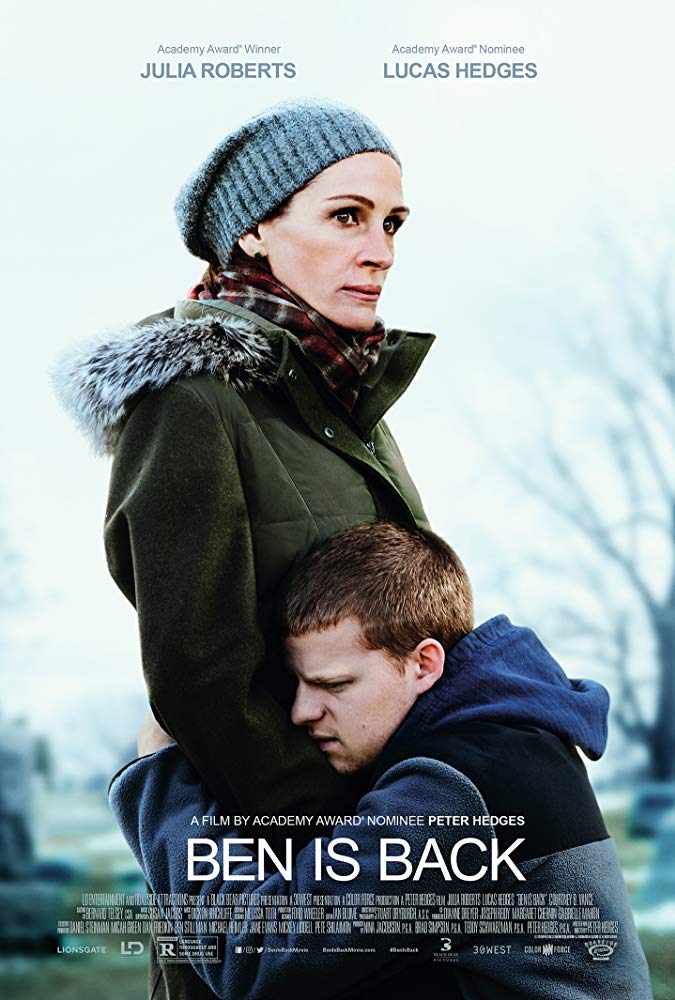
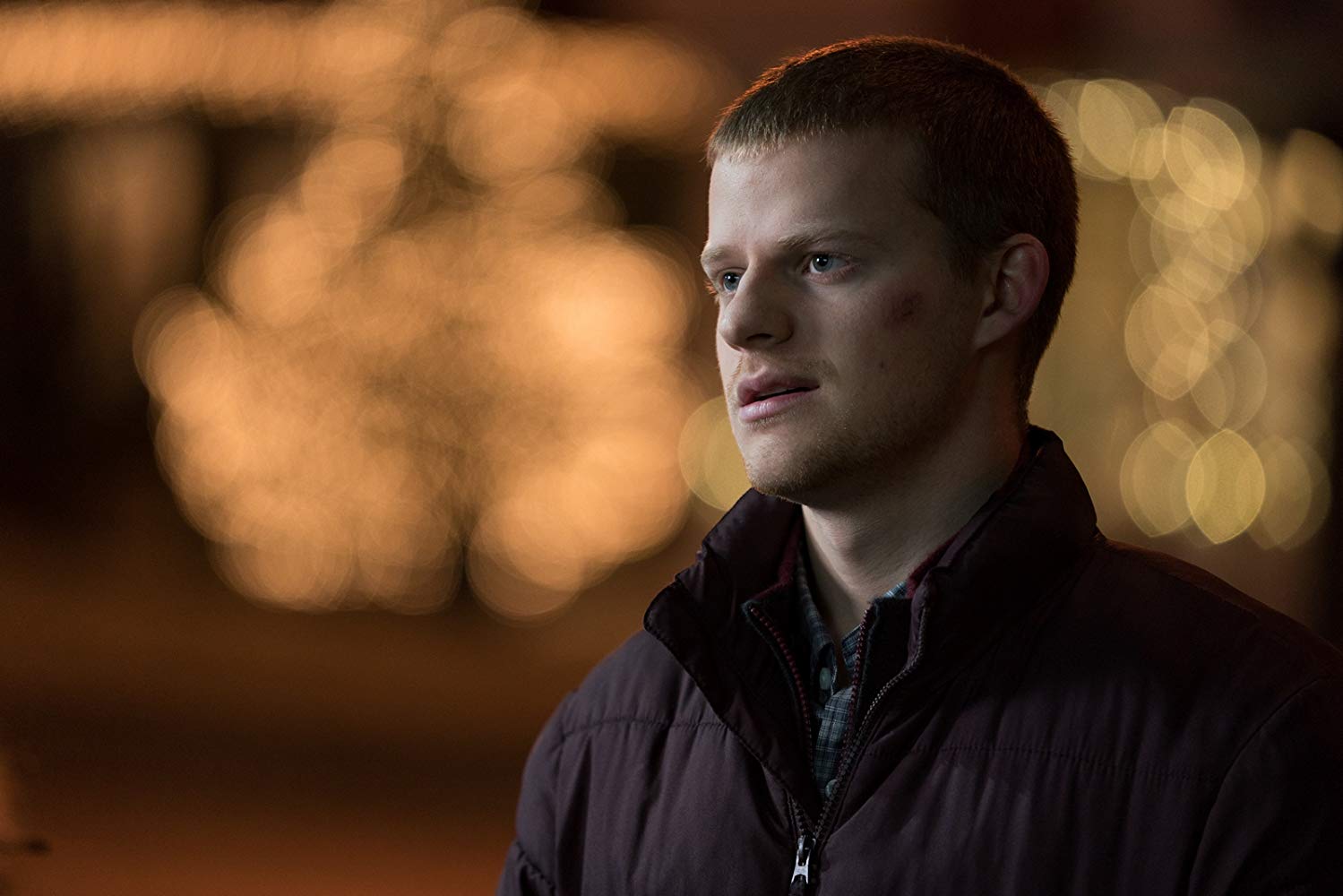
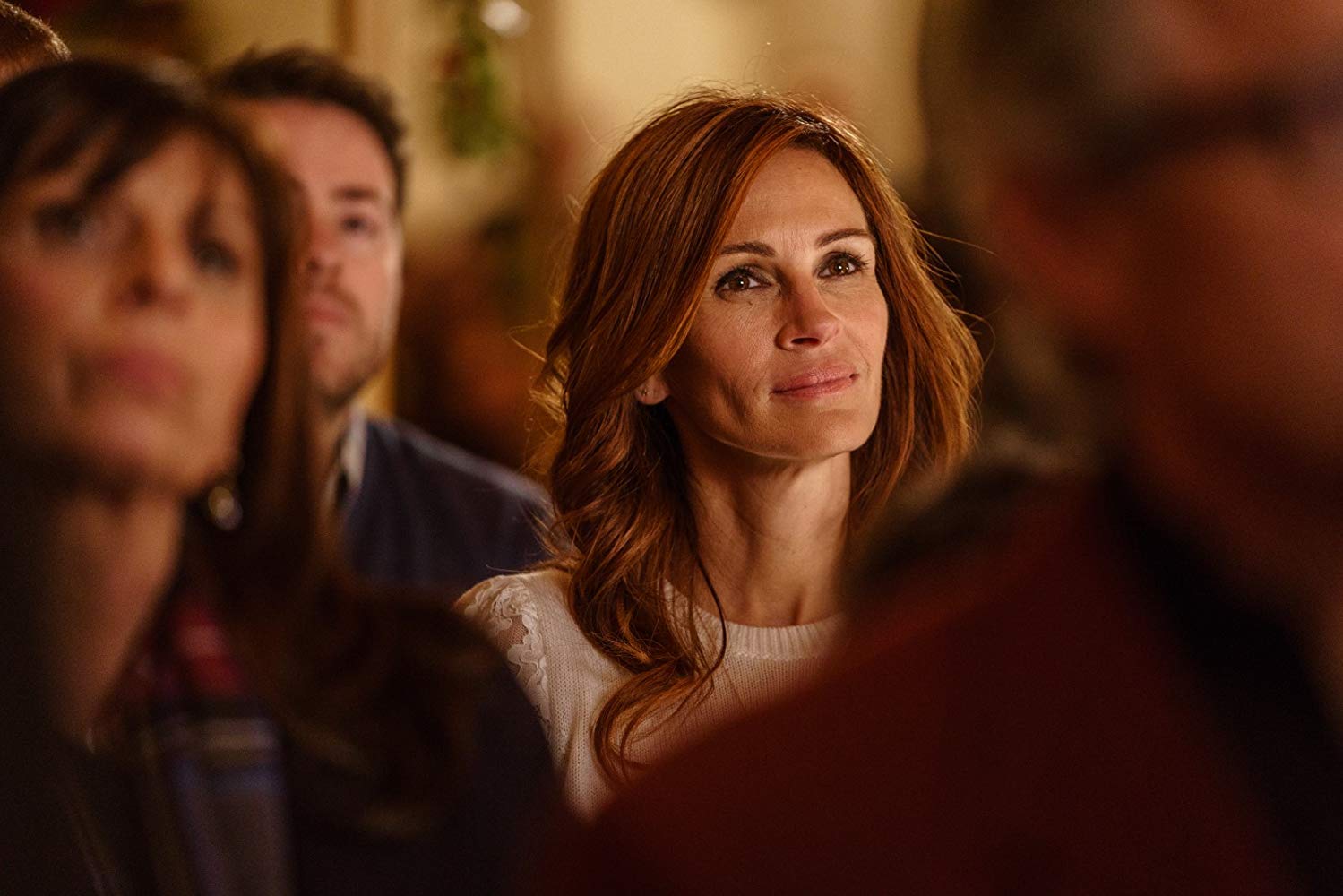
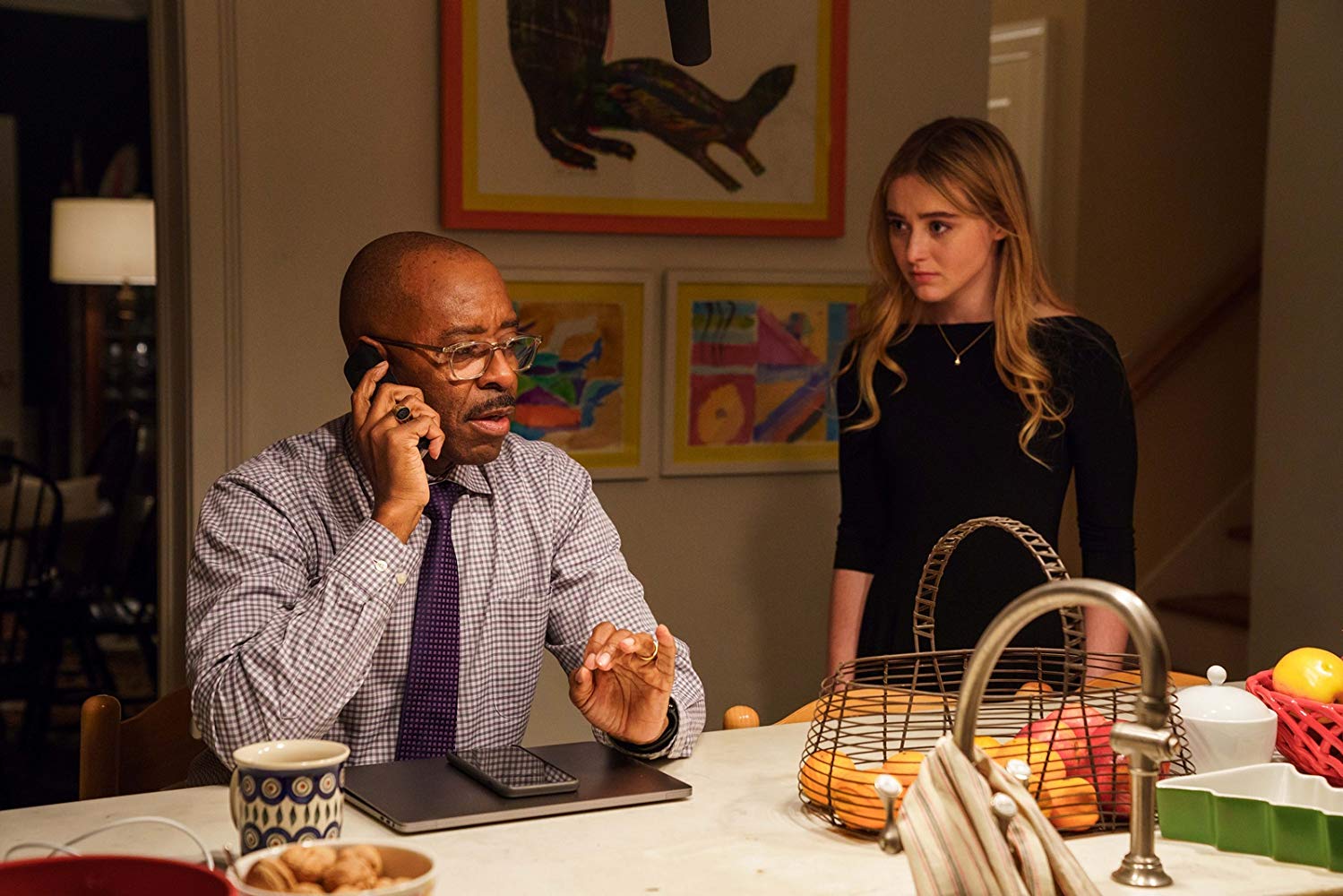
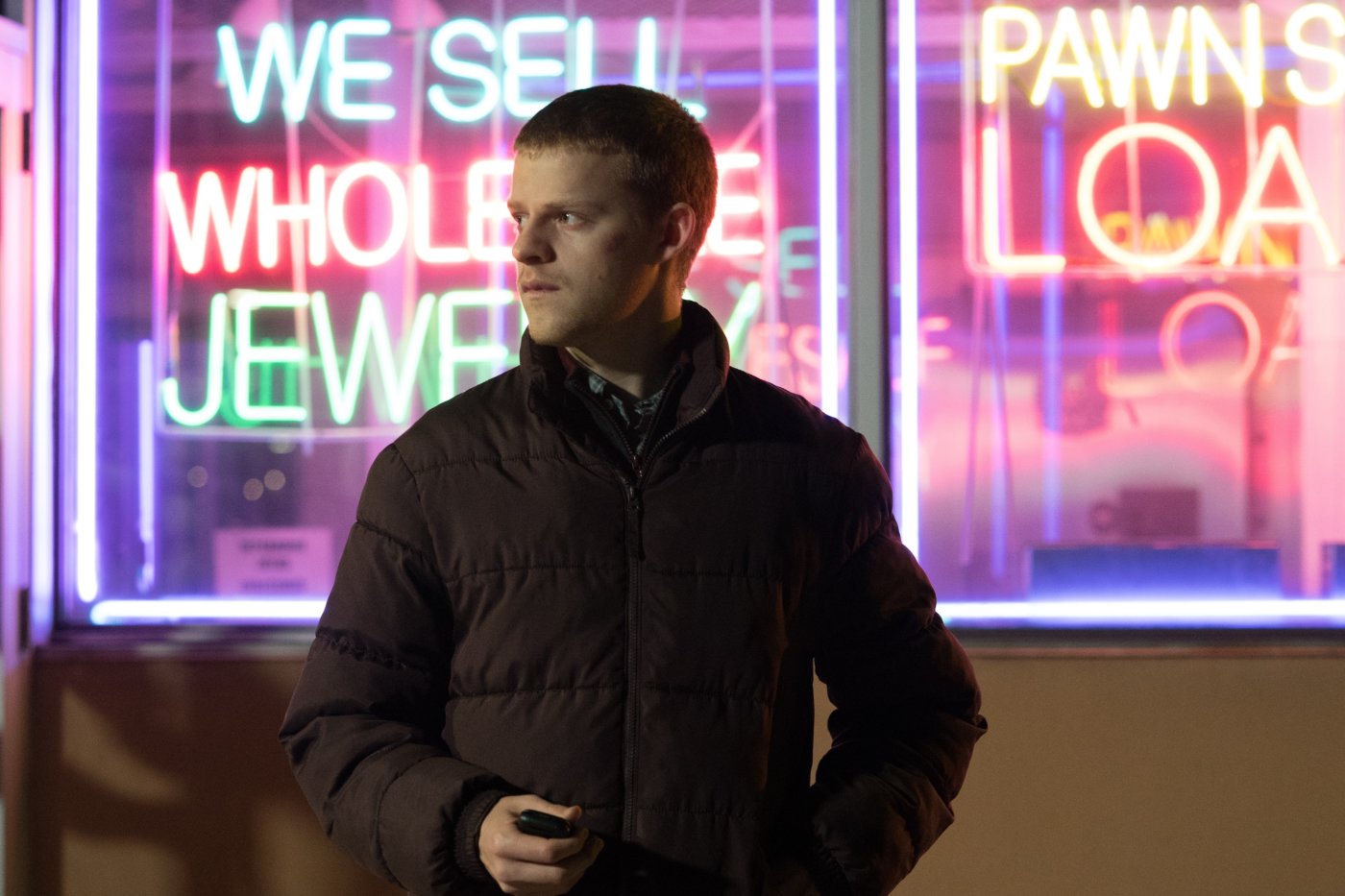
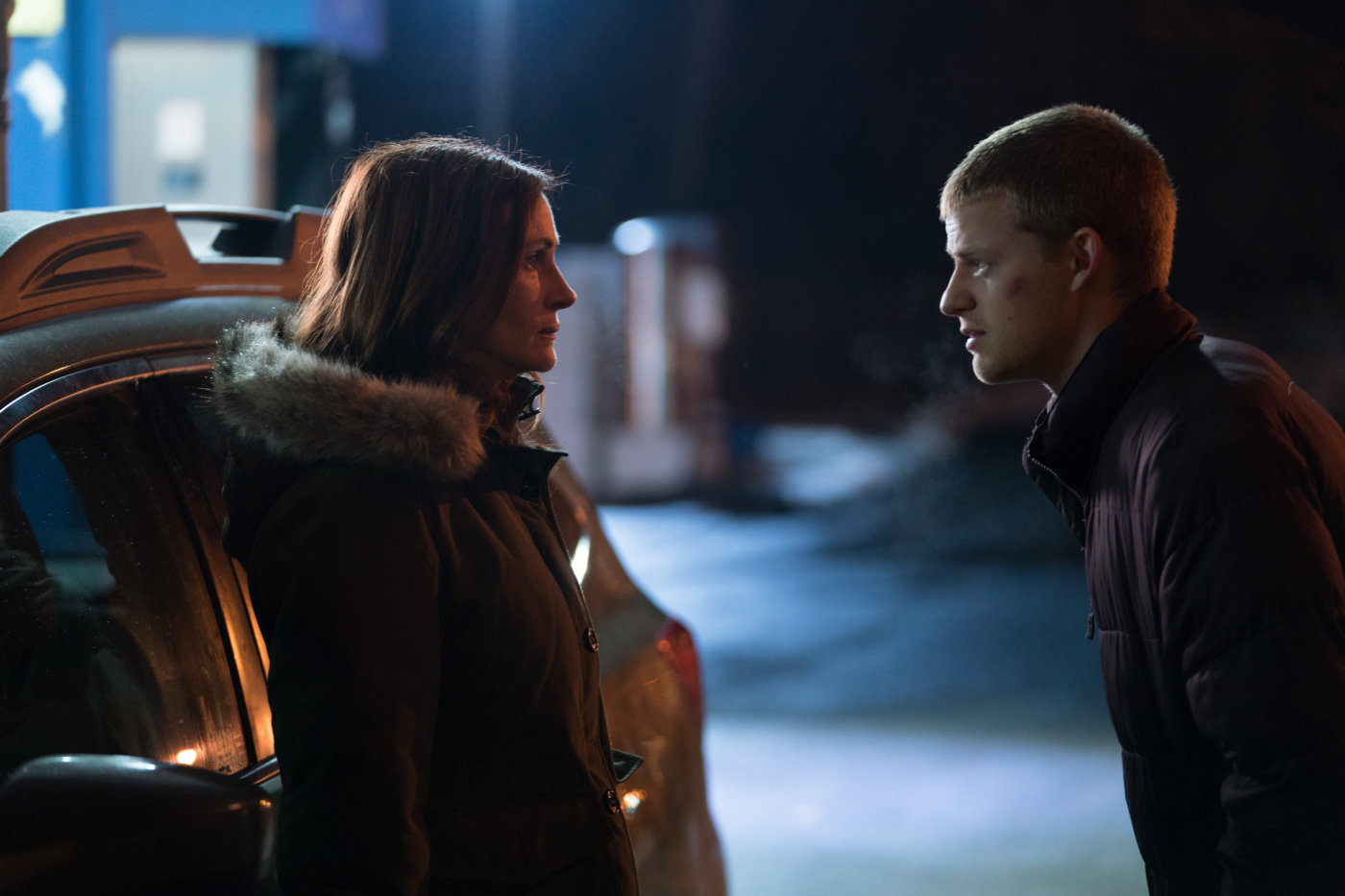
images: imdb/© BBP West BIB, LLC